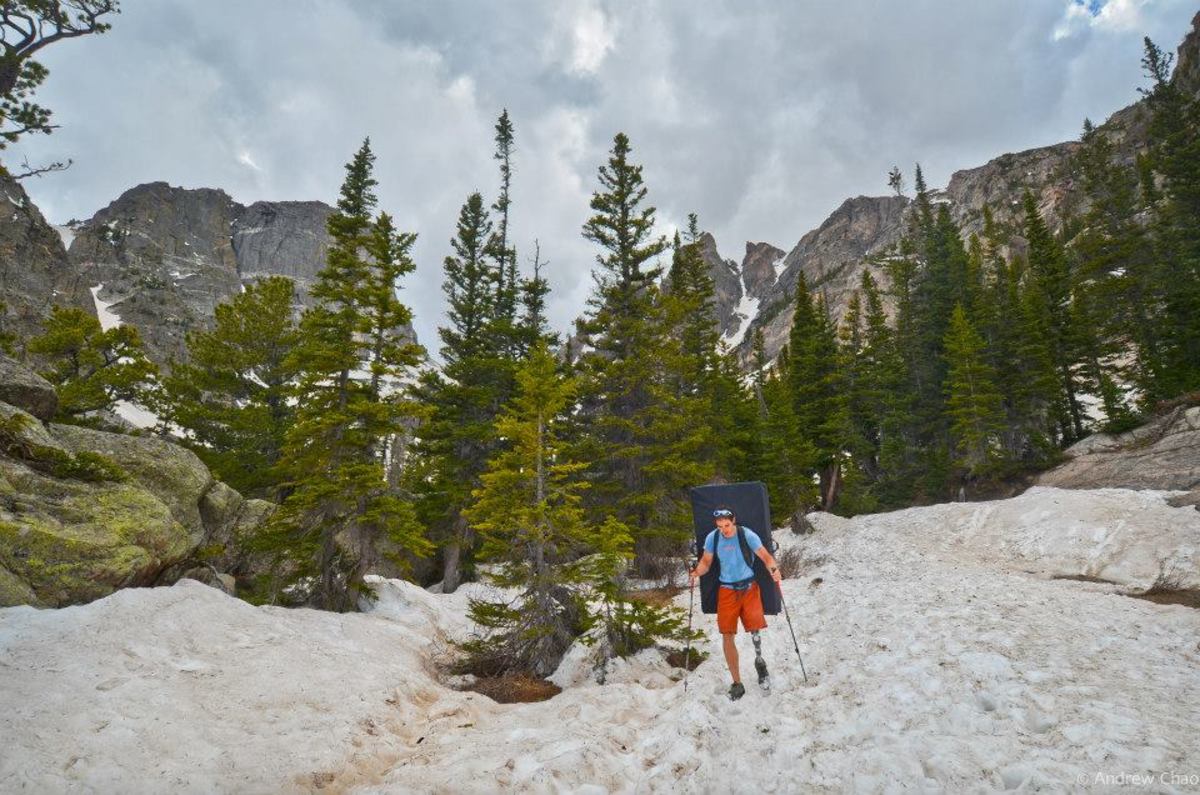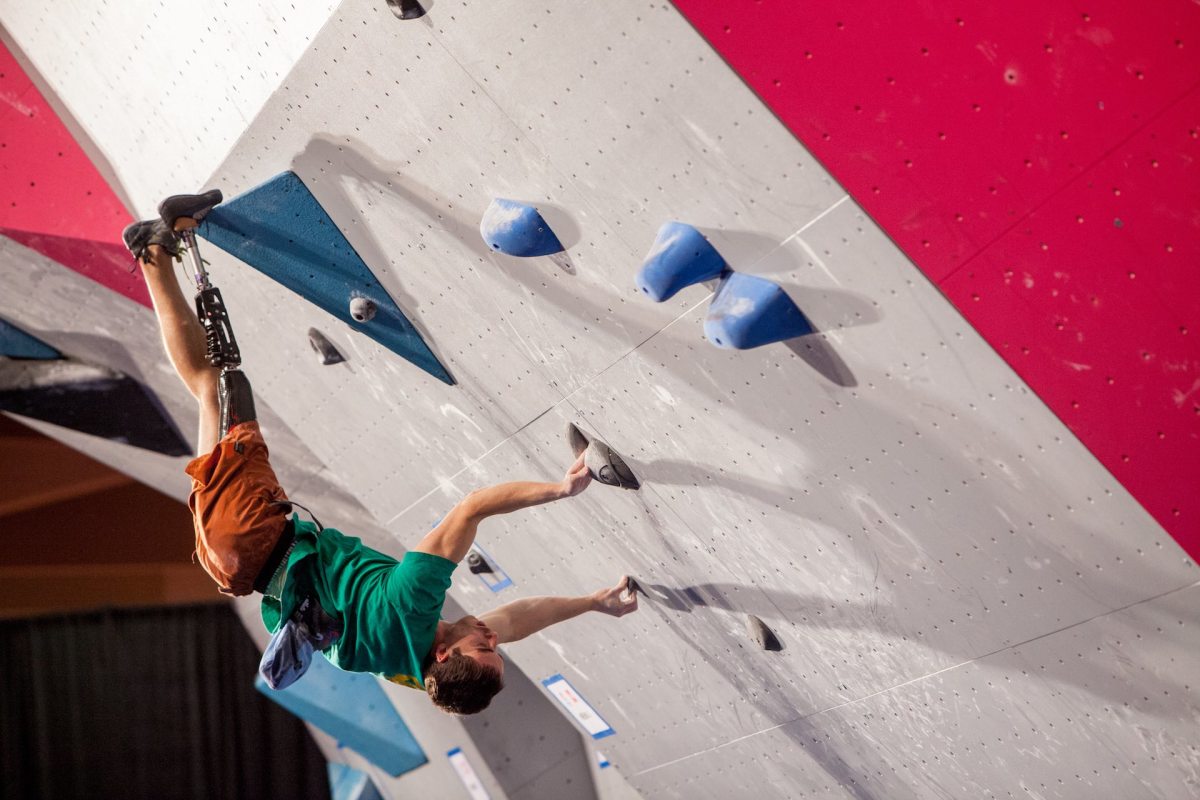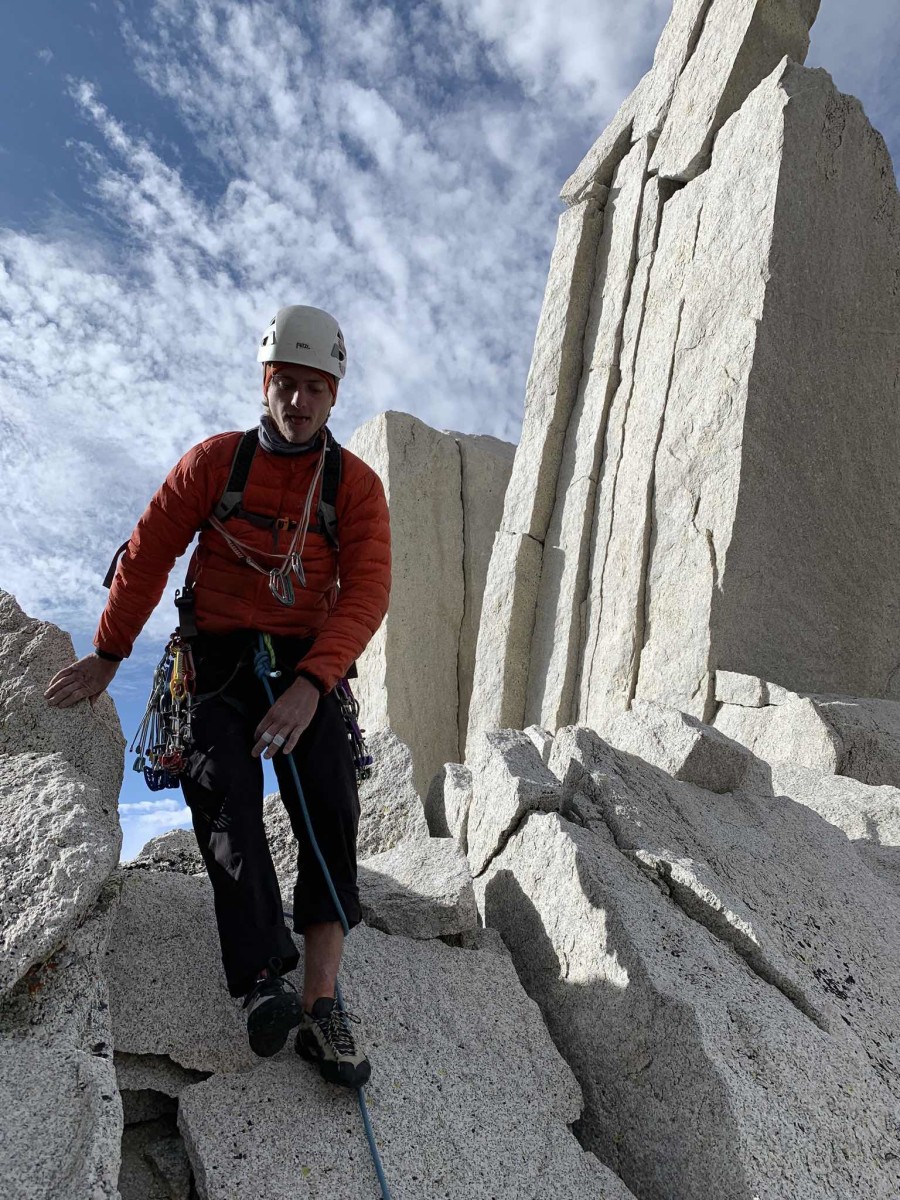With its endless expanse of towering sandstone walls, Red Rock National Conservation Area outside Las Vegas is one of the top climbing destinations in the U.S. Teams line up for the classic 5.9 route Epinephrine, a 1,600-foot line that Alex Honnold and the late Brad Gobright used to speed solo. Gobright sprinted the line in 59 minutes; Honnold in 39. But most everyone else requires at least eight hours.
Epinephrine has physical and thuggish climbing, where you have to stuff your entire body in chimney-width cracks. The complicated descent adds another few hours to the day, through a steep nondescript climber’s trail marked by rock cairns. Many teams go down in the dark, and often get lost.
This spring, two above-the-knee amputees, Ronnie Dickson, a prosthetist from Chattanooga, Tenn., and Adrien Costa, a former semi-professional cyclist and college student in Bend, Ore., are hoping to become the first above-the-knee amputees to climb the route.

Dickson is a sponsored climber with Evolv, who specializes in overhanging boulders and bolted face routes. He’s the only above-the-knee amputee to boulder V10, which is a difficulty reached by only the top echelon of climbers. Costa seeks out multipitch 5.10 (and harder) routes at the top climbing areas in the U.S., including Smith Rock in Oregon and Yosemite in California.
After seeing climbing videos of Dickson online, Costa reached out and the two began making plans. This spring will be their first time climbing together.
Ronnie Dickson
In 2005, the skeletal disorder Trevor’s disease made Dickson’s left leg inoperable, and he chose to amputate. Surgery brought relief to the constant pain and discomfort.
Two years later, while watching amputee rock climbers, including below-the-knee amputee Craig DeMartino, compete the Extremity Games in Orlando, Florida, he became inspired. “I just took to it. It became an obsession of mine,” he says.
Dickson soon became a competitive climber and befriended DeMartino. The two started a friendly rivalry, and at some comps, Dickson would win; other times, DeMartino would take the podium. “Beating him for the first time made me feel like a real climber,” Dickson says. Their friendly rivalry continues, and one of the impetuses behind Dickson’s impressive V10 ascent is that DeMartino was the first amputee to climb V9.
In addition to his hours spent climbing in the gym, Costa also climbs outside, where he does overhanging sport routes up to 5.13.
“I never learned to climb with two legs, so I’ve only known climbing like this. Having one leg is just another technique,” he told Climbing magazine.

Adrien Costa
“It’s not an exaggeration to say that Adrien Costa was once the most promising young racer in American cycling,” says Bicycling.com. A two-time silver medalist at the Junior Time Trial World Championships, some believed Costa was on track to be one of cycling’s greats like Greg Lemond.
Then, in July 2018, while scrambling up the approach to climb Mount Conness, a 12,590-foot peak in Yosemite, a 4,000-pound boulder rolled over him, crushing his right leg and pinning him in place. He screamed for close to an hour before people heard him and sent an SOS out on their emergency beacon. For six hours, Costa had time to think about how he may never climb or race his bike again.
It then took more than 15 rescuers to hoist the rock off Costa’s body. When he finally arrived at the hospital, he was in critical condition.
Three months after his amputation, Costa was back on his bike, but he wasn’t competing. Before his accident, climbing became all-consuming and it took center stage in his life.

Planning his return to climbing, Costa hiked to the top of Epinephrine so he could become familiar with the descent. “I heard horror stories of it,” he says. “It took me five hours to go up and down.”
The first year of recovery was slow and frustrating for Costa, but today he regularly takes 15-mile hikes, and he’s climbing strong.
“I try to remind myself that I’m lucky to do this at all,” he says. “When that boulder trapped me, I remember looking up in those mountains. I felt no need to climb—to just prioritize relationships with other people and be happy.”
To follow their upcoming climbs, check out Costa and Dickson’s Instagram @costadrien and @rdclimber.
from Men's Journal https://ift.tt/2SL1PSL
No comments:
Post a Comment